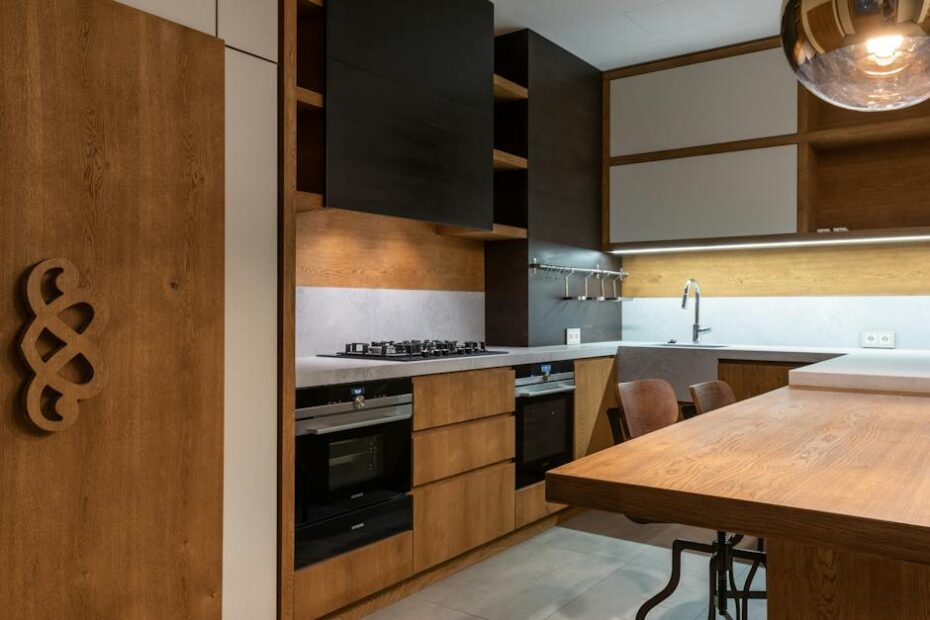Introduction
As families spend more time cooking and engaging in various activities in the kitchen, the need for a kid-friendly kitchen design has increased significantly. Ensuring safety, promoting learning, and creating spaces where kids can freely interact are major considerations in designing a kid-friendly kitchen. Here, we delve into essential tips and principles you can incorporate to make your kitchen an enjoyable, safe, and practical space for your little ones.
Maximizing Safety
Safety should be the primary concern in creating a child-friendly kitchen design. Start by installing safety latches on drawers and cabinets, especially those that contain sharp objects or chemicals. Furthermore, consider rounded corners for countertops to prevent accidental injuries. Oven guards and stove knob covers are also vital for childproofing your kitchen. In addition, careful selection, placement and storage of kitchen appliances further enhance safety. Select appliances with child lock features and ensure that cords are out of reach to avoid possible accidents.
Incorporating Accessibility
Making the kitchen accessible for children encourages independence and enhances their learning experience. Include a pull-out step or a sturdy stool so they can easily reach countertops or sinks. Consider mini versions of kitchen tables and chairs or adjustable height furniture, giving your child access to their own workspace. Also, have low-level storage for safe kitchen utensils, allowing kids to help in setting the table or packing away after meals.
Introducing Color and Creativity
Applying children-friendly colors and creative designs to your kitchen not only makes it more inviting but can also stimulate their imagination. Use vibrant and cheerful colors in selecting kitchenware, or add a chalkboard wall for an additional creative outlet. These playful elements can make the kitchen an appealing place for children to spend time in and learn.
Planning for Growth
Bear in mind that children grow quickly, so your kitchen design should be adaptable to accommodate their changing needs. Invest in adjustable furniture that can grow with your child, and flexible storage solutions that can be conveniently modified as they mature. This way, you can make the most of your kitchen design for years to come.
Ensuring Durability
Lastly, invest in durable and easy-to-clean materials. Spills and mess are inevitable when there are children, so opt for finishes that are resistant to stains and easy to wipe down. Select flooring that is resilient and non-slip, and countertops that can withstand heavy use.
Conclusion
Designing a kid-friendly kitchen is about creating a space where children can safely explore, learn and grow, while also making room for fun and creativity. By considering safety, accessibility, color, growth, and durability, you’re paving the way for a harmonious family kitchen experience. Remember, it’s not just about having a beautiful kitchen; what’s more important is that it’s a welcoming, functional and safe space for the entire family. Blending your personal aesthetic with these kid-friendly kitchen design tips will ensure your kitchen is a space where enduring memories are made.
